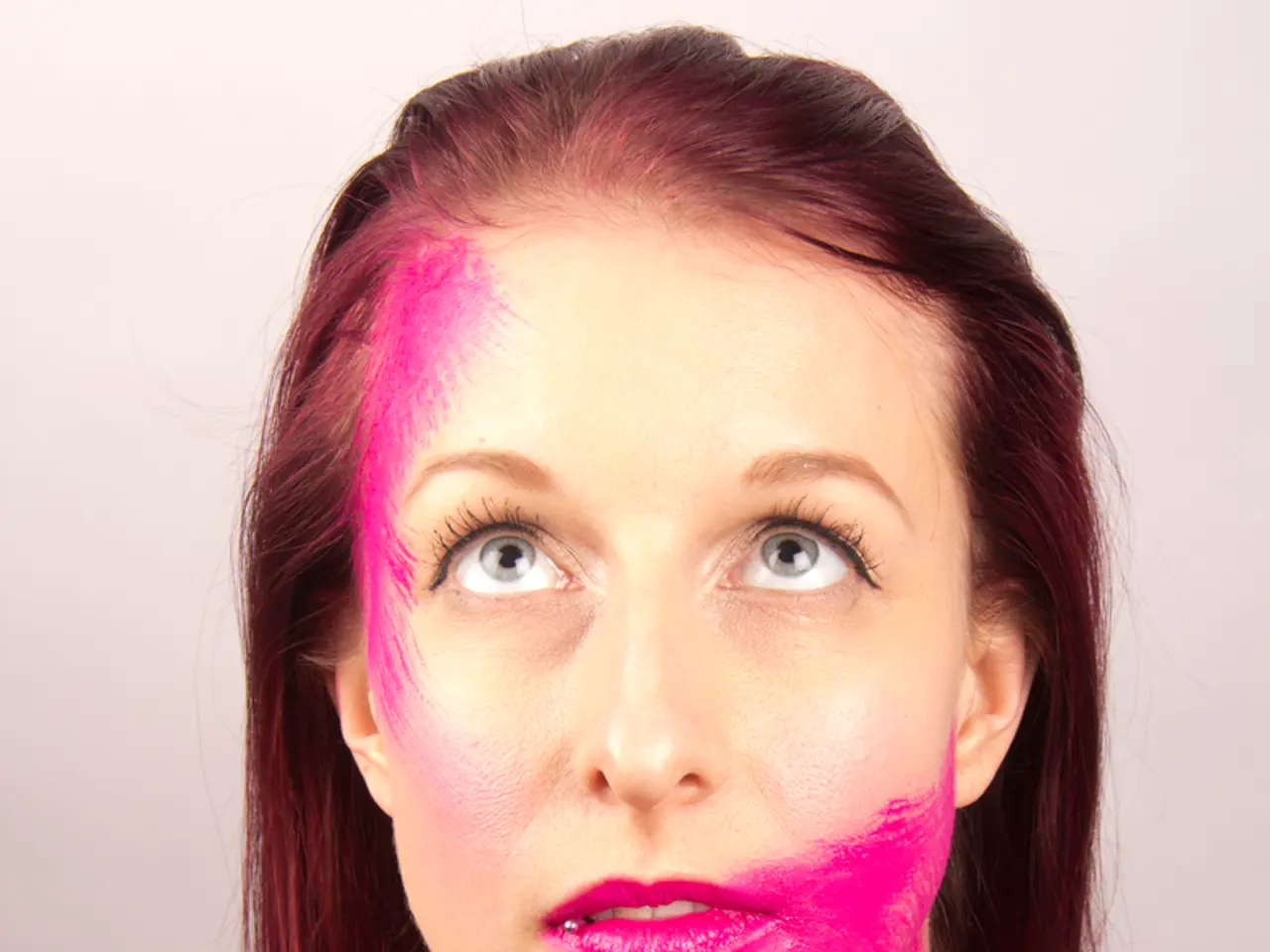Transforming from 'Body Positivity' to 'Body Neutrality': Understanding the Change and Its Advantages
In the ever-evolving landscape of self-image and body positivity, a new movement has emerged that seeks to challenge traditional notions of self-worth and body acceptance - body neutrality.
The term 'body neutrality' was first coined in 2015, and it has since gained traction as a response to societal pressures around body image. Its roots can be traced back to health, fitness, and body positivity communities, primarily in Western countries.
Body neutrality promotes accepting one's body as it is, without the constant need to love it every day. It challenges the idea that one needs to love their body and appearance to feel good about themselves. Instead, it encourages looking beyond physical appearance and breaking the habit of connecting body to self-worth.
The movement originated as a response to concerns about the body positivity movement's focus on physical appearance and the exclusion of certain groups. It aims to recognize and accept the body as it is without idealization or rejection.
Bloggers such as Gabi Gregg and Stephanie Yeboah helped shape the early stages of the body neutrality movement. Anne Poirier, meanwhile, created a Body Neutrality workshop, a program designed to help women make peace with their bodies.
Health at Every Size (HAES), another movement that aligns with body neutrality, challenges the idea that thinness is a prerequisite for good health. It works to bring other aspects of wellness into the picture, emphasizing choices that promote lasting good health over weight loss.
The fat acceptance movement, a sister movement to body neutrality, normalizes larger bodies and helps promote size inclusivity. It aims to reclaim the word 'fat' and challenge fatphobia, promoting acceptance of fat bodies of all sizes.
Change requires inclusivity. It demands amplification of the voices of people of colour, people of size, trans people, and people with disabilities. Body neutrality resonates with people who find loving their body challenging, offering a more realistic and attainable approach to self-acceptance.
Affirming oneself when one doesn't actually believe the affirmations could potentially make one feel worse. Body neutrality, on the other hand, encourages recognizing and prioritizing how one feels in their body, focusing on movement for enjoyment rather than weight loss.
In her 2019 book, 'Beyond Beautiful,' Anuschka Rees explores the concept in depth, offering a fresh perspective on body image and self-acceptance. The body neutrality movement continues to grow, offering a beacon of hope for those seeking a more balanced and inclusive approach to body image and self-worth.
Read also:
- Setting Up and Expanding Operations at a Soil Blending Facility
- Regional University's healthcare system strengthened through collaborative partnership with Chancellor Dr Fiona Hill
- Reminisced University Trustee David M. Flaum as a 'fervent advocate' for the University and community
- Creating Snack Options for Toddlers that Encourage Nutritional Balance








